La personalización de precios permite a los hoteles avanzar hacia la optimización total de las ganancias al combinar el poder de los perfiles de los huéspedes en su CRM con la previsión de gestión de ingresos para ofrecer el precio correcto al huésped correcto en el momento correcto durante el recorrido del huésped.
Los huéspedes tienen mayores expectativas de personalización
La personalización es un tema en evolución dentro de la industria hotelera, desde la perspectiva de la tecnología y los huéspedes. En los últimos años, especialmente con la afluencia de compras en línea, los huéspedes han aumentado las expectativas de personalización en cada etapa del viaje del huésped, especialmente cuando reservan a través de canales directos.
Esto significa que comprender a sus huéspedes y cómo involucrarlos es la mejor manera de aumentar las reservas y crear experiencias memorables que conduzcan a una lealtad a largo plazo. También subraya la importancia de utilizar los datos de los huéspedes que ya posee para avanzar hacia un modelo de precios personalizado que optimice los ingresos generales en cada estadía.
¿Qué son los precios personalizados?
El objetivo de los precios personalizados es dirigir el producto correcto al huésped correcto, al punto de huésped correcto, a través del canal correcto y al precio correcto. O, para llevar esa idea más allá, dirigir el contenido, las ofertas, las inclusiones y los precios a un nivel de nanosegmento que sea tan granular que la diferencia entre el segmento y el individuo sea imperceptible.
Con los precios personalizados, la atención se centra en un huésped y en las características únicas de ese huésped, incluido cómo sus gastos, comportamientos y preferencias anteriores pueden influir en el contenido y las oportunidades que les ofrece y los ingresos que generan a cambio.
Hay dos categorías principales dentro del concepto de precios personalizados: Ofertas y descuentos y Paquetes y complementos.
Ofertas y descuentos
Bajo el paraguas de Ofertas y descuentos, encontrará precios del programa de fidelización (miembros que obtienen un descuento con reserva directa), porcentajes de descuento en promociones (generalmente junto con restricciones como una compra anticipada o requisitos de duración de la estadía), descuentos basados en gastos auxiliares (populares con precios de casino), ofertas de repetición de reservas y servicios auxiliares específicos más allá de la propia habitación del hotel.
Paquetes y complementos
Dentro de Paquetes y valores agregados, encontrará paquetes dinámicos (paquetes seleccionados de productos para un huésped específico), inclusiones/mejoras durante la estadía, ventas adicionales por tipo de habitación, valores agregados populares como check-in temprano y check-out tardío, y consideraciones de Bleisure, que es cuando un huésped comienza su visita como parte de un evento de trabajo y extiende su estadía para una experiencia de ocio en la misma propiedad.
Si bien no existen reglas estrictas sobre cuándo aplicar cada grupo, las ofertas y descuentos son mejores para fechas de necesidad e inventario en dificultades, mientras que los paquetes y valor agregado son más apropiados para períodos de mayor actividad, con el objetivo de obtener más valor de lo escaso. inventario.
A nivel hotelero, aquí es cuando analiza detenidamente sus recursos, presupuestos y objetivos de ingresos para determinar cómo incorporar estas opciones. Por ejemplo, ofrecer descuentos únicamente a los huéspedes de mayor valor en función de su disposición a gastar dinero en otros lugares de la propiedad.
Entonces la siguiente gran pregunta es: ¿cómo llegamos allí?
Todo comienza con datos
Dominar la recopilación de datos es el primer paso fundamental hacia la personalización en todos los niveles, incluidos los precios personalizados. Sin tener los datos de sus huéspedes configurados en un CRM organizado y confiable, no podrá acceder a la información necesaria para comenzar a crear contenido y precios personalizados.
Cuando combinas la información del perfil del huésped en tu CRM y un solución de gestión de ingresos que proporciona previsión de la demanda, se puede determinar el valor total de cada huésped. Esto le permite a su hotel optimizar los precios y los ingresos generales mediante la personalización durante las fases de planificación, reserva y previa a la llegada a través de experiencias en la propiedad y comunicaciones con los huéspedes posteriores a la estadía.
Cada perfil de huésped debe incluir la mayor cantidad de información posible sobre ese huésped, incluidas las habitaciones compradas, la duración de la estadía, la tarifa que reservaron, las ofertas o paquetes que utilizaron, así como cualquier gasto adicional en su spa o restaurantes, y notas. sobre preferencias como solicitudes anteriores (por ejemplo, salida tardía), respuestas a encuestas, etc.
Además de crear una vista clara de un huésped individual, puede usar sus perfiles para crear segmentos y categorías que pueden revelar información sobre nuevos huéspedes que comparten características similares y predecir probabilidades de gastos e intereses similares. También puede obtener una imagen completa del valor de cada segmento de negocio que llega al hotel y combinarlo con la previsión de la demanda para comprender la combinación de negocios más rentable en un día determinado en su hotel.
Esto es importante porque, al final del día, los precios personalizados van más allá de simplemente maximizar los ingresos por habitaciones, con el objetivo general de lograr una optimización total de las ganancias al brindar oportunidades específicas de ventas adicionales y gastos auxiliares y el precio de habitación adecuado.
Modelado para obtener conocimientos
Los precios personalizados tienen que ver con el individuo, pero también con la identificación de segmentos y relaciones. La minería de asociación es un método que puede ayudarle a saber qué están comprando los huéspedes, cómo se vinculan esas compras entre sí y los atributos del cliente vinculados a esas compras.
No se trata solo de observar el volumen de productos/servicios que se compran juntos, ya que eso podría ser el resultado de que ambos artículos sean populares y únicos entre sí. La clave es observar la frecuencia con la que se compran esos artículos juntos en comparación con la frecuencia con la que se compran por separado, lo que le permite ver si existe una sinergia real entre los compradores o una mera coincidencia.
Una vez que establezca relaciones de compra con Association Mining, podrá utilizar esos conocimientos para crear ofertas específicas y paquetes que combinen productos que normalmente se compran juntos por segmento de audiencia. Este método puede funcionar para grandes complejos turísticos con numerosos productos y servicios, así como para hoteles tradicionales independientes, ya que siempre es valioso descubrir las relaciones entre las características de los clientes y lo que compran.
Probabilidad y beneficio es otro modelo útil que analiza la intersección de los márgenes de beneficio y la probabilidad de una reserva. Normalmente, a medida que aumenta el precio, la probabilidad de compra disminuye, pero si compran a ese precio más alto, la ganancia aumenta. Al multiplicar la probabilidad y el beneficio, se obtiene el "beneficio esperado" que se desea optimizar. Esto le permite encontrar el precio óptimo con el mayor beneficio esperado.
En otras palabras, crea el precio que logra el equilibrio adecuado entre la probabilidad de reservar y el beneficio que se obtiene a cambio. Por supuesto, esto diferirá entre los clientes según los atributos de los huéspedes, las compras y las características del producto, por lo que deberá revisar la probabilidad y las ganancias por día y segmento.
El camino hacia los precios personalizados
Hacer que su hotel adopte un modelo de precios personalizado es un excelente paso hacia la optimización total de los ingresos. Para comenzar, deberá concentrarse en recopilar y organizar los datos de los huéspedes, trabajar en todos los departamentos para alinear objetivos y procesos, comprender la diferencia entre un descuento y un valor agregado (y cómo ajustarse a la situación) y utilizar modelos para comprender. qué quieren sus invitados y cómo comercializar según sus preferencias únicas.
Libro electrónico gratuito: 5 estrategias clave basadas en datos para optimizar los ingresos hoteleros en 2022
Una gestión óptima de los ingresos tiene dos requisitos particulares: un frente unido entre departamentos y acceso a los datos correctos. En este libro electrónico, encontrará cinco estrategias esenciales basadas en datos para optimizar los ingresos en 2022 y mantener su hotel en el camino correcto. Haga clic aquí para descargar el libro electrónico “Cinco estrategias clave basadas en datos para optimizar los ingresos hoteleros en 2022”.
El éxito con los precios personalizados es un excelente paso hacia la optimización total de los ingresos. Aún así, se requiere una combinación de colaboración entre equipos y tecnología para comprender completamente quiénes son sus invitados y qué quieren durante todo el recorrido del huésped.
Más consejos para hacer crecer su negocio
Revfine.com es la plataforma de conocimiento líder para la industria de la hospitalidad y los viajes. Los profesionales utilizan nuestros conocimientos, estrategias y consejos prácticos para inspirarse, optimizar los ingresos, innovar los procesos y mejorar la experiencia del cliente.Explore el asesoramiento de expertos sobre gestión, marketing, revenue management, operaciones, software y tecnología en nuestro sitio web dedicado. Hotel, Hospitalidad, y Viajes y Turismo categorías.

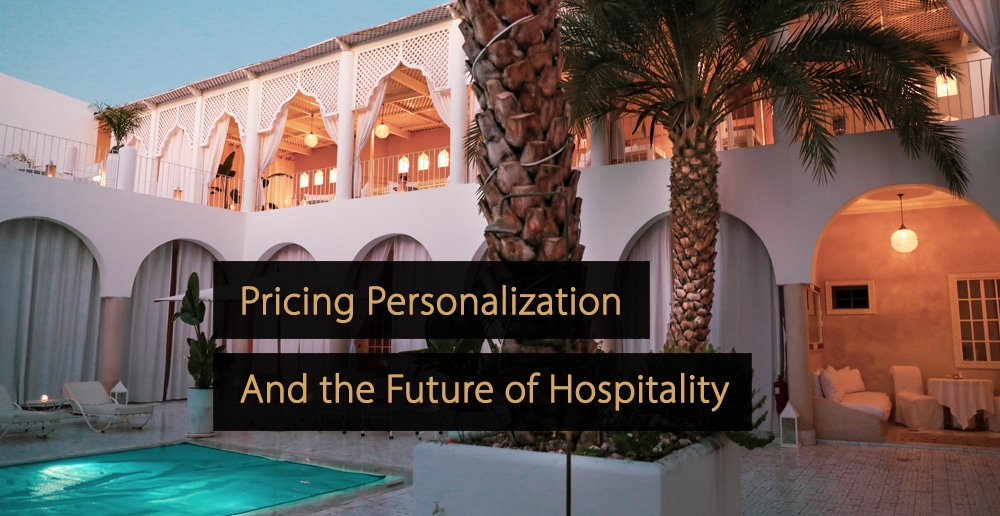
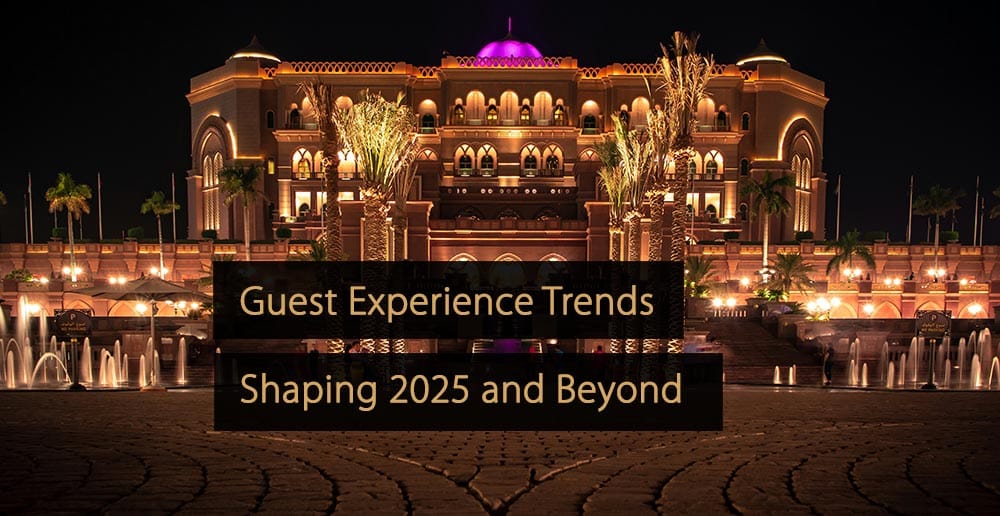
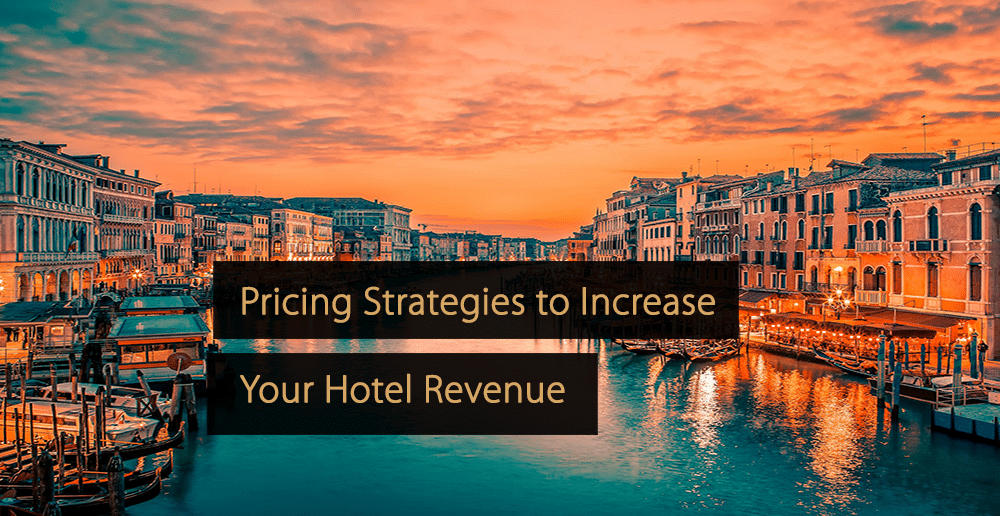
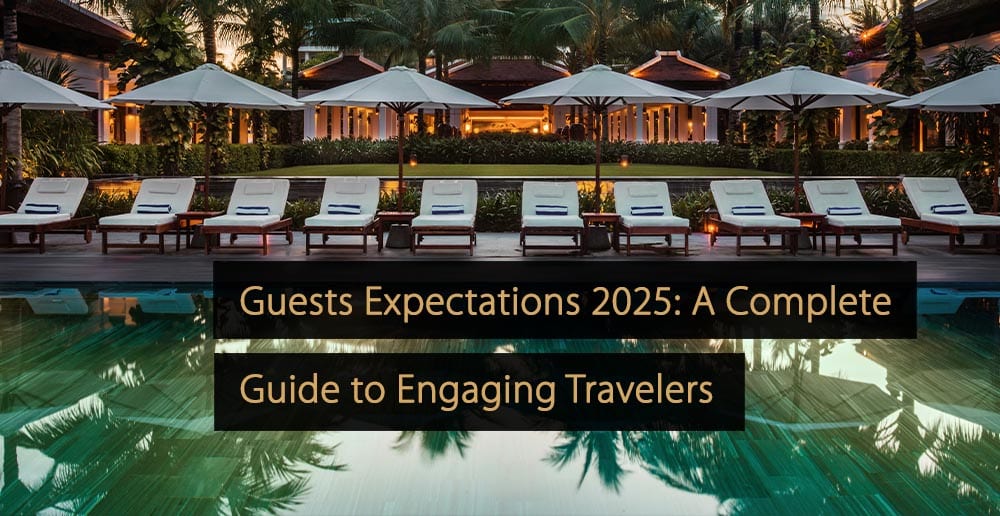
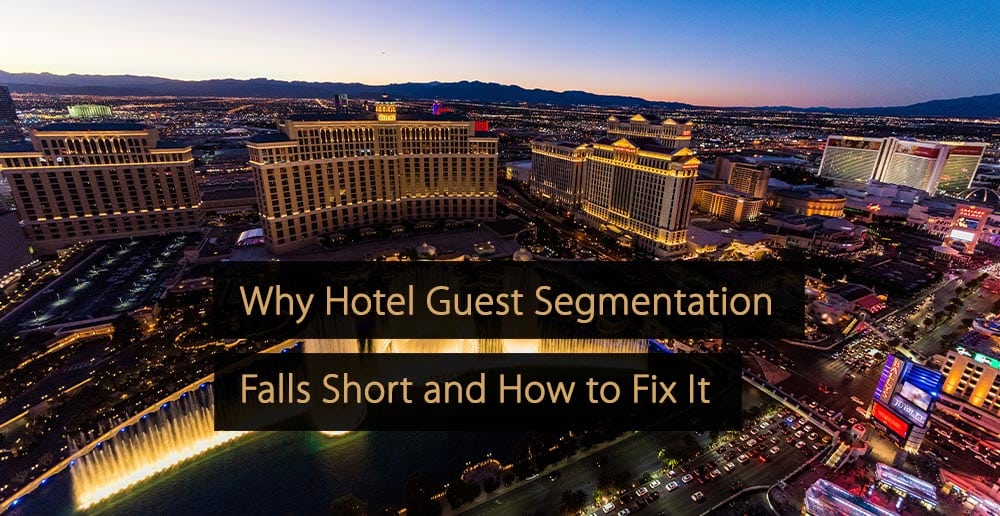
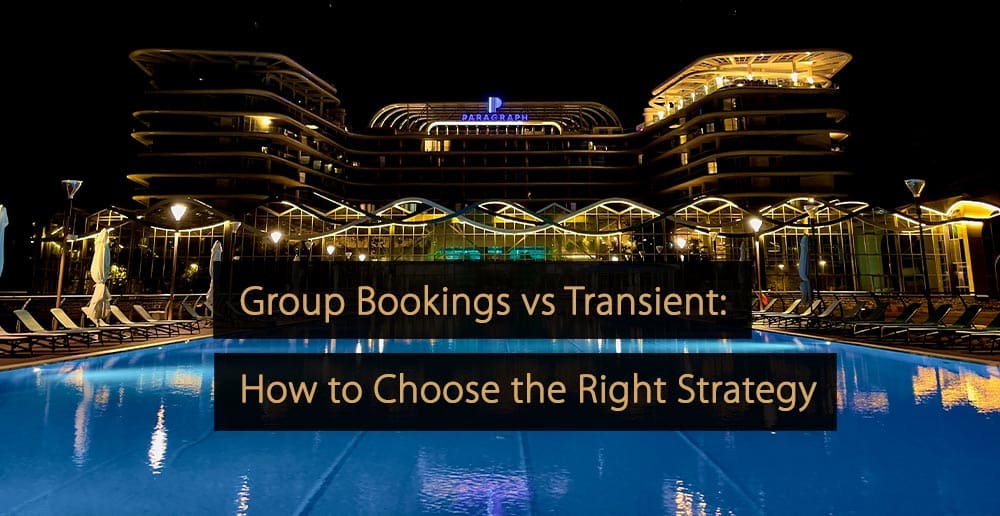
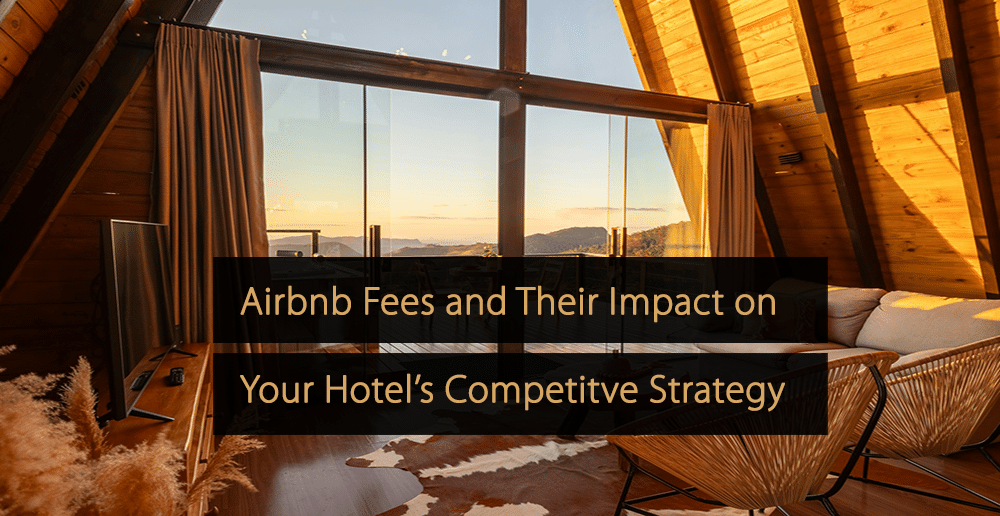
Leave A Comment